Having been to India numerous times, and been heavily involved in planning my own trips, I have used my experience to provide some guidelines on planning your itinerary and travel.
India is a vast and varied county and it is easy to try and see too much and end up spoiling your trip through excessive time traveling. A good guideline is to aim to spend two or, ideally, three days in each place of interest. This will give you time to relax, enjoy, and really get to know each location without feeling you are constantly under time pressure. Building in a variety of activities also works well, for example, planning your tour so that after spending three days in national parks you go to the beach or an historical site next rather than go straight on to another national park.
Try not to travel too far between each stop. Don’t be fooled by the distance between locations as average speeds may be very low. Instead use Google maps directions to provide a time estimate which I have found to be reasonably accurate. Don’t plan to travel after dark due to the hazards of animals on the road etc. You may need to have an overnight stop to break your journey up.
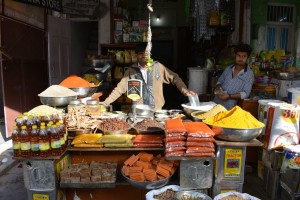
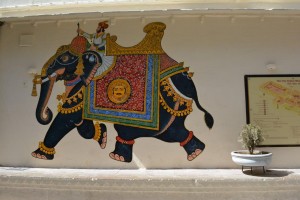
Internal Flights
There are good options for internal flights within India and costs are very reasonable. There are a few things you need to be aware of though:
- Flight times are prone to change so it is vital that you stay in touch with your airline or travel agent. A good travel organiser will keep you informed on any changes.
- Security is very thorough at Indian airports which, of course, is very reassuring but you need to leave plenty of time for the checks.
- Fog / smog can be a problem in North India in the winter so flights may be cancelled.
- The baggage allowance on internal flights is only 15Kg per person so that may give you a problem if you have used your full international baggage allowance to get to India. You can pay for extra allowance in advance which is much cheaper than doing it at the gate.
Also, be sure to buy the biggest cabin bag you are allowed and make use of your allowance.
- Note: many hold cases weigh three or four kilos so you won’t have much allowance left for your belongings. It may be worth investing in some light weight bags before your visit.
These factors mean that internal flights are best only used for the long transfers.
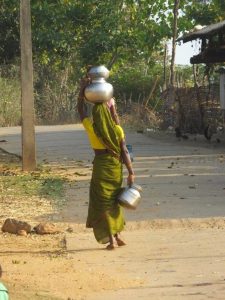
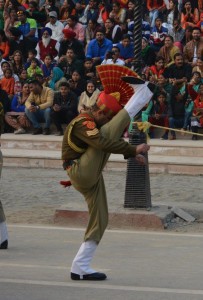
Indian Trains
India is modernising at an astounding rate but the train service is still to be updated, having said that, it is still an option worth considering.
Buy the highest class of ticket you can get and it still won’t be expensive. On a day journey, food and drink will be served throughout the trip and the food quality is acceptable, and safe, as long as you stick to cooked vegetarian food only.
A group of four of us used the sleeper service recently and we booked the highest class, there are about eight classes in total, and it was just about alright if you are not too fussy. Four is a good number as if you book together you should all be put in the same four berth compartment. If less of you are travelling you will be sharing with other people who may come off or on at any time. We decided it would be easier to sleep in our clothes.
It is not easy to know when you are getting to your station so a little tip is to use Google maps to track your progress.
The trains are quite slow and the toilets are not great, especially for the ladies. It is quite interesting, though, to see the track rushing past below!
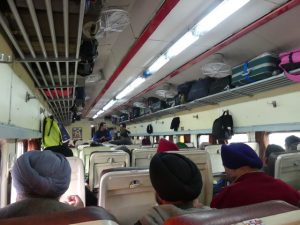
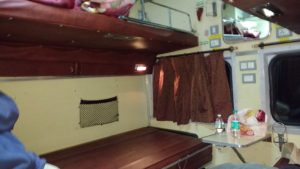
Car hire and driver in India
The normal, and strongly recommended, option, when travelling by road in India, is to hire a car with a driver. Driving in India is very different to driving in western countries and having a driver will not add a lot to the cost of hiring the vehicle. And, to be honest, driver is a bit of a misnomer as they will give you a whole range of help from guidance and information about the area, finding suitable places to eat, helping you to shop for local delicacies or souvenirs. The driver ensures your trip goes smoothly and comfortably in all ways and you don’t have to worry at all about the itinerary or travel. Whatever your problem or need just ask your driver!
You will tend to have the same driver for quite long periods so by the end of the trip you will probably be firm friends. On a recent trip, we had the same driver for over two weeks whilst we travelled through Karnataka and Kerala. He was excellent!
Another consideration when transferring by car is the inclusion of suitable toilet stops. Your agent should ensure that there is a suitable stopping point on your longer transfers. I would recommend you ask your driver about this before you set off, ideally the night before, so you know the situation.
A good agent will ensure you have a good, modern, car with functioning seat belts and air-conditioning. They will also ensure you have the name and contact details for the driver for each leg of your journey.
Our group of four travelled in a six seated Toyota Innova which was very comfortable and had plenty of space for all of us and our luggage. There was also a spare seat for an official guide when we had one booked.
You have probably heard scary stories about the Indian roads but I can assure you, from my experience of twenty years of travelling to India, it is getting much better.
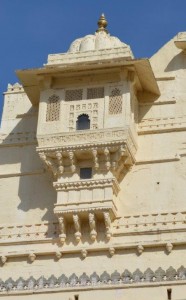
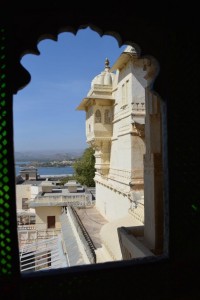
Tourist Site Guide in India
When visiting a sight an expert guide will greatly improve your experience. A good tour operator will be able to arrange a guide with the right knowledge for the sight and your particular interests. It is very important to ensure your guide is official and registered so he/she is allowed to take you into all areas of the attraction. I have heard a few stories of people hiring a guide on arrival at a tourist site only to find out later they have not been shown the main places of interest and have, therefore, had a substandard experience.
You may use the services of a guide for a particular sight or to take you around all places of interest in a town or area. For example, on a recent trip to Mysore we had one guide who showed us around everything in the area from the Tipu Sultan’s summer palace, outside Mysore, to the Nandi Hills, Mysore Palace and the town’s fruit and vegetable market.
The guides, invariably, speak good English and are very knowledgeable. Most with a degree level education. They will not add a great deal to the cost of your visit but you will get so much more from your time with their help. You can decide how much detail you want to hear and how long you want to spend somewhere but the guide will ensure you see all the best places and also help you to get the best photos.
